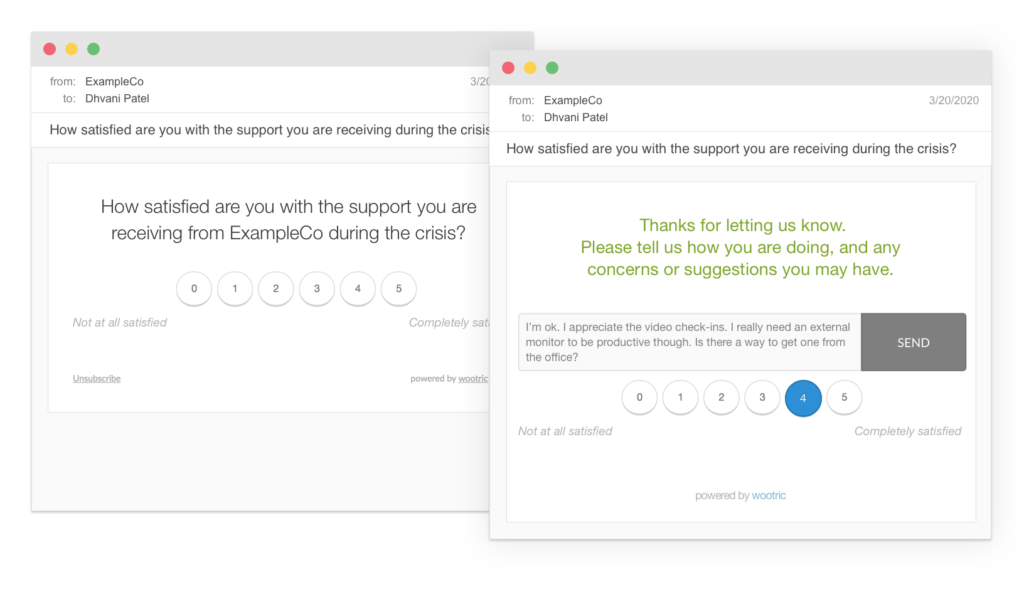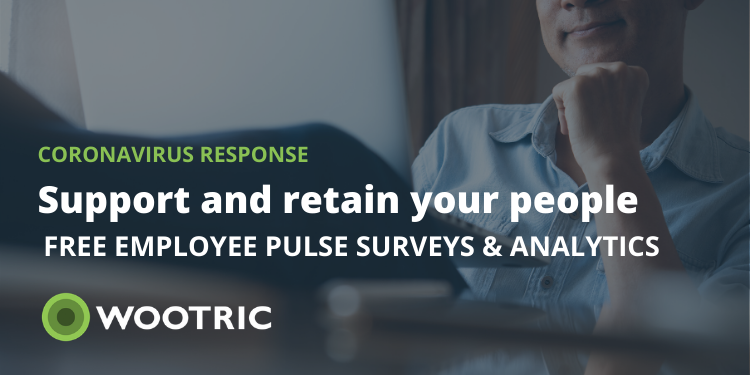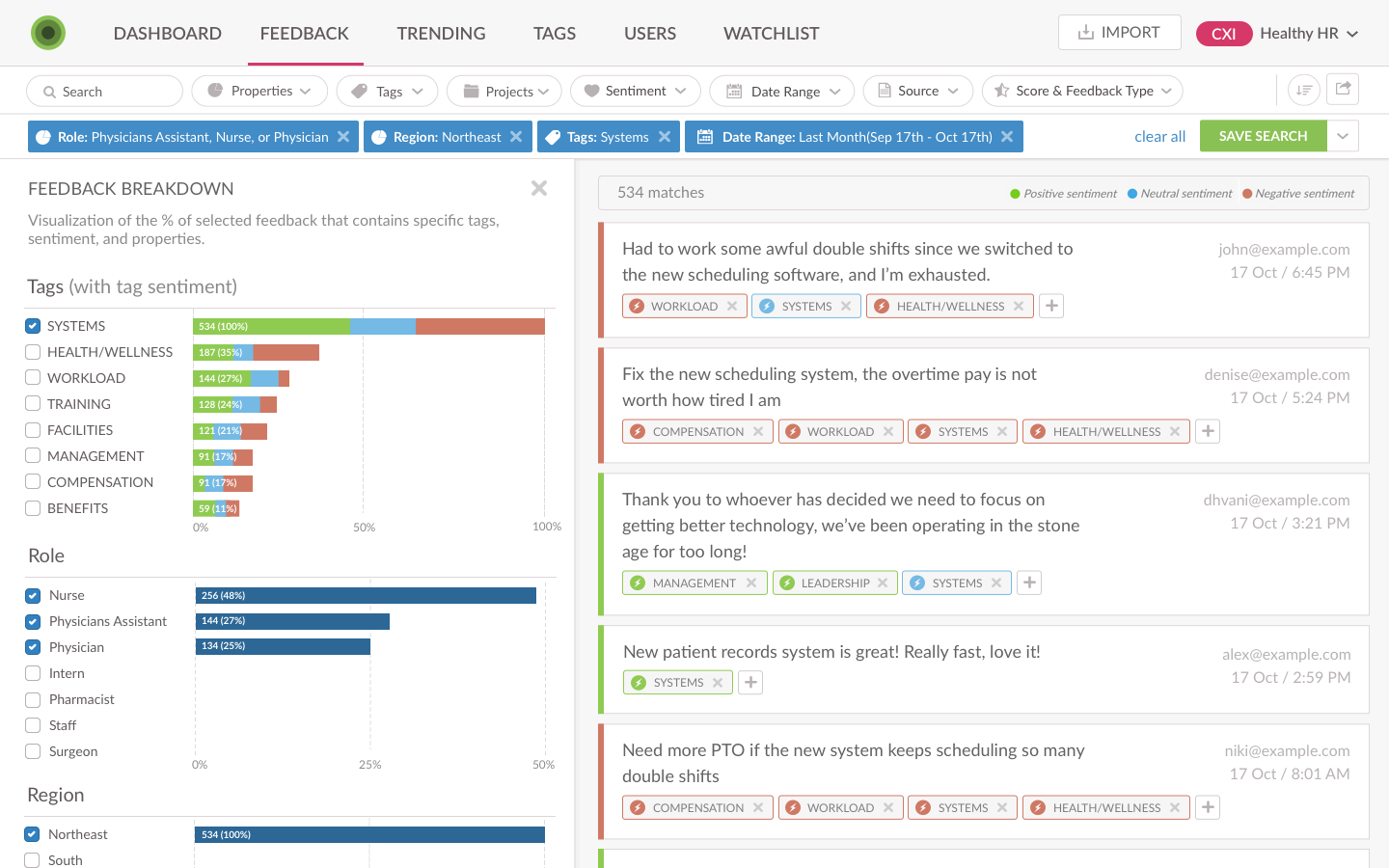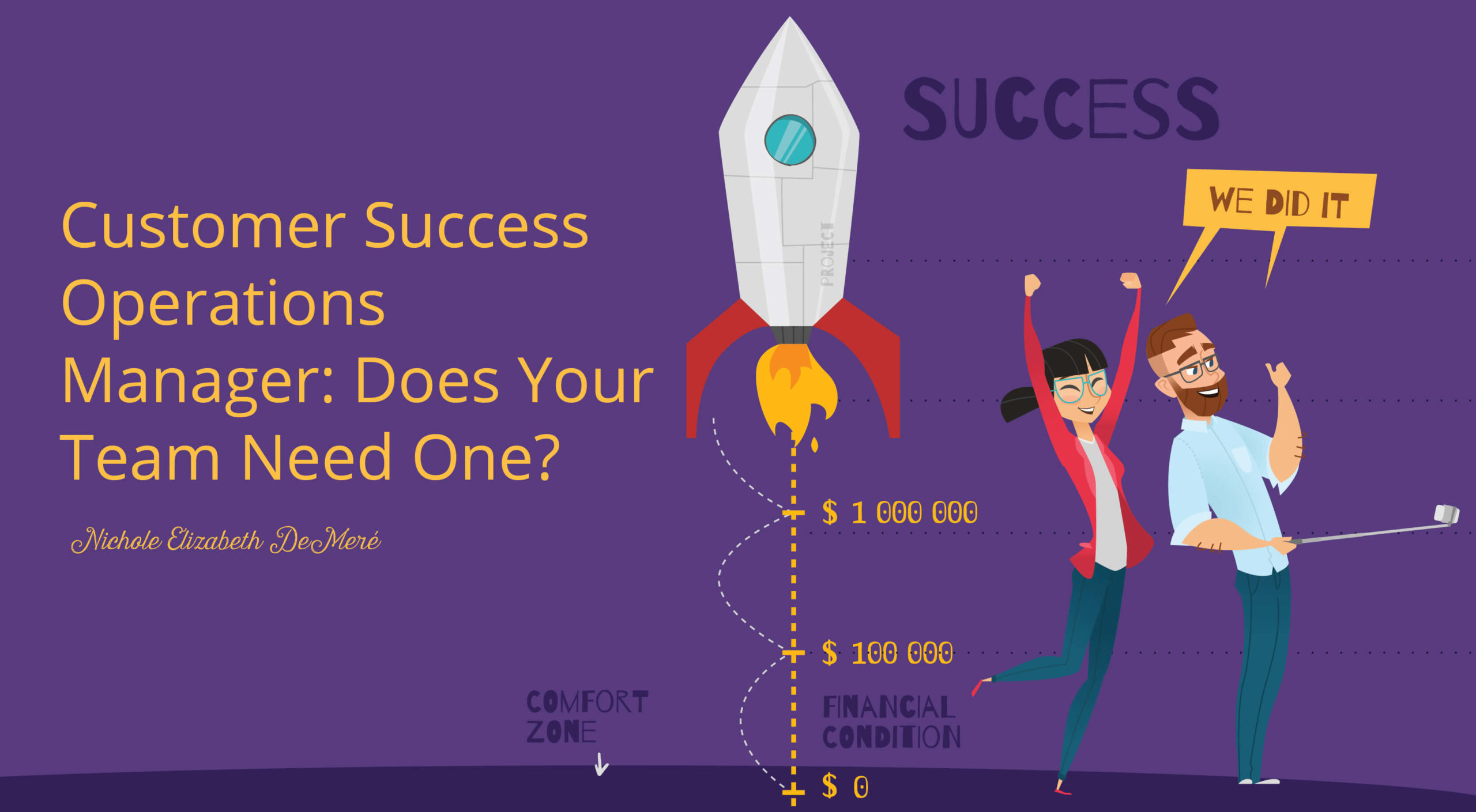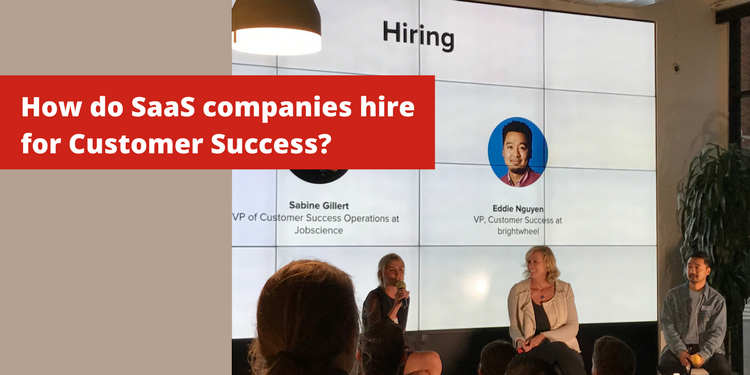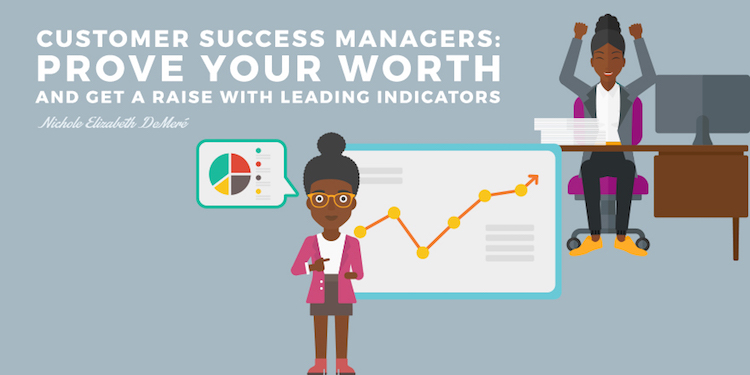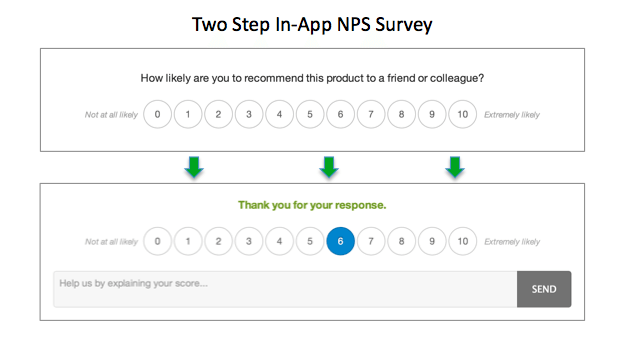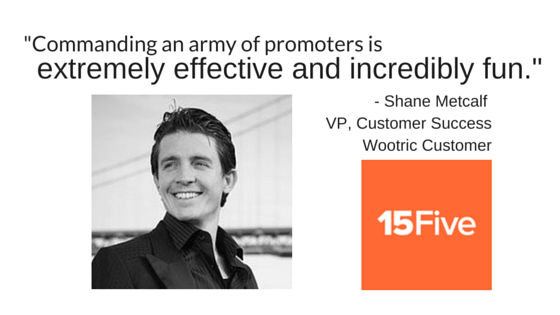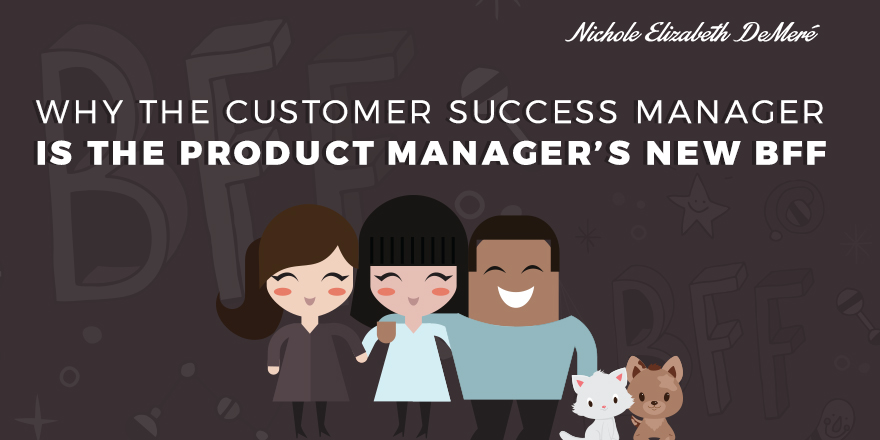Great news! Your company is growing fast.
If you are responsible for scaling the Customer Success team though, it can be daunting. You need more CSMs to support all of the new customers your Sales team is bringing in the door.
How do you recruit? Who do you hire? How can you ensure new hires succeed? What are some of the hiring pitfalls to avoid?
At the latest Customer Success Meetup in San Francisco, moderator Emilie Davis of Periscope Data asked Sabine Gillert, VP of Customer Success Operations at Jobscience, and Eddie Nguyen, VP of Customer Success at brightwheel, to share their customer success hiring expertise, and attendees were not disappointed.
Sabine and Eddie have entirely different backgrounds giving exciting, diverse perspectives as they answered questions. Eddie has a strong history of working with early-stage startups and helping them grow from a few team members to hundreds, while Sabine works with a leading SaaS business in the Salesforce ecosystem.
Traits you should look for in Customer Success candidates
The first question asked was: What are the universal traits for customer success managers to be successful in the role? This is the question most of us need to have answered as we are searching for the right person for our team.
To start Eddie laid out four qualities he looks for, keep in mind this is for early-stage startups hiring for customer success:
Grit: The hire has to be willing to work hard as it’s sometimes necessary for a startup role.
Empathy: Both internally and externally. It makes sense that empathy is needed for customers and clients, but the internal part is an interesting tidbit to consider. No doubt there will be issues that developers, sales, or even marketing has mistakenly caused, and it won’t help to blame them, it’s much better to acknowledge a mistake, help the client, and move forward.
Learning Mindset: Managers have to be interested and willing to continue learning, especially at an early stage company, as there will continuously be changes and they will need to learn steadily.
Leadership: Sometimes customers need to be led through their issue. Other times they may expect or want too much from the company and that will need to be conveyed. There will also be times when a CSMs will need to internally advocate for a customer to management, sales, and/or marketing.
Sabine added additional skills that are important for customer success:
Listening Skills: Customers can sometimes bring their frustrations to the conversation. The manager will need to listen, identify the core problem(s) and propose solutions that will help on all levels.
Curiosity: Just as Eddie mentioned Learning, curiosity is a necessity. Managers will need to investigate issues, ask why things are the way they are, and possibly propose solutions. Customers don’t usually know what they don’t know, and further, they won’t usually give a lot of details, so the manager will have to go the extra mile in some cases.
When pressed for attributes for building your team out and hiring to improve the team you have, our two experts suggested:
Attitude: Someone that has a great energy, that can be happy about handling issues that require going the extra mile.
Process & Data-Orientation: You’ll need someone on the team that can dig into data and find opportunities while also being specific about following procedure and sticking to policy.
How do you hire for Customer Success?
Hiring should start long before an ad is placed. Either the company desperately needs a hire (and should have started the process weeks ago, which is standard) or they are looking ahead and know that will need to have people available as new accounts come online.
With that in mind we wanted to know how the experts handle hiring, what approach do they take?
Sabine and Eddie had very similar answers to this question. Sabine suggests knowing who you would like to hire ahead of time, and approaching them before you need them.
Eddie also starts the process before hires are needed. He begins with leveraging the people at his company for intros on Linkedin. He also throws recruiting parties to get to know prospective team members.
Like a sales process, he plants seeds, so he has someone ready when they are needed. This keeps the pipeline full and hiring easier to manage than posting an ad and hoping the right person comes along.
At the other end of hiring is firing. Sometimes we hire the wrong person for a fit on our teams, and Eddie and Sabine seem to have experience here as well. Both experts suggest breaking ties with the employee as quickly as possible; it’s never good to prolong it or start looking for other opportunities for them. Sabine further suggested that every employee has a 90 day probation period and this helps with identifying poor fits.
What is Customer Success?
This was an intriguing question to ask as it would often seem like a simple answer. You might just jump to the conclusion that every company’s CS team would be there to help customers be successful. But, both experts had unique perspectives to share.
Sabine started with a quick question: “What does it mean to your organization?” She followed up with “What do you want customers to achieve?” and added that at her company customer success also means protecting revenue and staying focused on what you have to do to do that.
Again, Eddie had an altogether different answer from his early stage startup experience. “Customer success represents brand and voice. It’s about supporting customers, harnessing the knowledge you gain and teaching the rest of the organization. It evolves being an innovator for customers and making sure everyone gets an amazing experience.”
Two strategies for training CSMs
Once you have new employees on board, it’s time to train them for customer success within your organization. Depending on how you handle management, you’ll probably have your own way of dealing with training new hires. Sabine offers extensive training programs where hires do not talk to clients until they are confident and have gone through time being shadowed by someone with experience.
Eddie’s approach was entirely different; he puts customer success managers on the phone with clients on Day 1 to expose them to the environment and help them learn what they’ll be handling. He likes to present an environment where it’s OK to make a mistake, and the manager doesn’t have to be afraid they’ll be fired for messing up. Even in these cases, answers to support issues are usually approved by another team member before going back to the customer, so there is a failsafe in effect.
How do you retain Customer Success talent?
It’s no good getting new employees on board if you can’t keep them happy and with the company, so we wanted to see what Sabine and Eddie thought about retaining talent.
Both suggest understanding and getting to know the person and what is going on in their life. Sabine likes to give them space and flexibility to handle issues so they can give it their all at work. She says it’s best to understand they are people and that it isn’t all about salary.
Eddie added that you want to first hire who is right for the company, and find out how committed they are regarding staying with the company — what are their goals? can you help them succeed? Then understand their currency, some people are motivated by money, some want recognition, others want more trust to work on tougher projects. Find out what they like so you can give it when they perform well.
Additionally, Eddie suggested that when you ask for feedback, you should take steps to appreciate the input, and take action to make changes needed. No one will leave feedback if it isn’t acted upon.
Interesting Hiring Lessons
One of our last questions for Sabine and Eddie was about their most significant learning experiences in hiring. We all have them!
Sabine had a particularly useful one about working with mentorship/ apprentice programs. Her company took on five college students in 2016, and they thought it would be just like any hire.
They quickly realized these hires required more time, management and investment because it is so early in their careers. You have to make sure they are supervised. Recognize the investment these programs require because you’ll want to do everything you can to make them successful.
Eddie summarized his lessons by saying that up until 100 people, you do unscalable things to grow, you want effectiveness. Then you’ll start to hire for efficiency, you’ll keep giving managers customers until you hit a ceiling, and that ceiling is different for every business, but you won’t know what yours is until you get there.
In the world of Customer Success, many things are new and changing, so it’s helpful to hear from others that have been in the field for years and can share their experiences. It is clear from the approaches that Sabine and Eddie shared that different strategies can be equally successful. CS leaders who are growing there Customer Success teams must determine what practices make the most sense for their SaaS company. Good luck to all!
Each monthly meet-up gathering in San Francisco is packed with Customer Success Managers from SaaS (Software as Service) companies who want to learn the latest insights from experienced Customer Success leaders. If you don’t live in the SF Bay Area, you can still benefit from the expertise shared at these monthly meetups. Whenever possible, the organizers post a video of the event on their meetup page courtesy of Success.ly. The September meetup was hosted by Cloudflare.
Measure and improve customer health. Sign up today for free Net Promoter Score, CSAT or Customer Effort Score feedback with InMoment.
